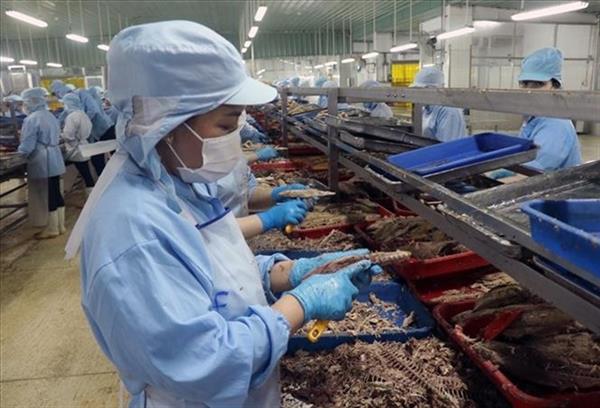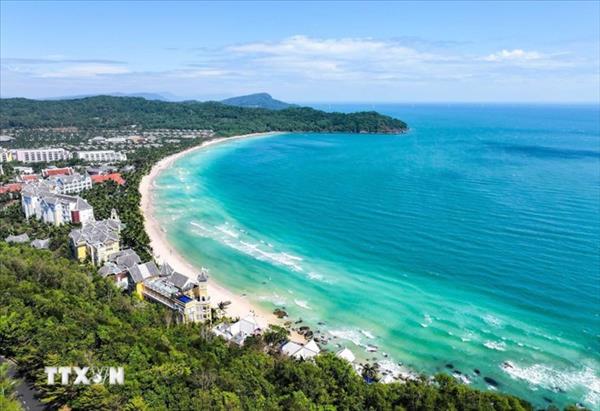According to the National Center for Hydro-Meteorological Forecasting, the saltwater intrusion in the Mekong Delta in the dry season of 2022-2023 is roughly on par with the average level of the past years.
Major saltwater intrusion in the Mekong estuaries will be concentrated in March, particularly from March 18 to March 25. the Vam Co and Cai Lon rivers, major intrusion will occur from March 18-25 and April 17-23.
Phung Tien Dung, head of the Hydrological Forecasting Department for the Central, Central Highlands, and Southern regions under the National Centre for Hydro-Meteorological Forecasting said on February 20 that from February 21-24, saltwater intrusion in the Mekong Delta will continue to increase, then decline.
The highest salinity at surveyed stations is at the same level as that in February 2022.
From February 20-28, saltwater with a salinity of 1% will intrude 65-70 km in the Vam Co Dong and Vam Co Tay rivers, 50-55 km in the Cua Tieu and Cua Dai rivers, 60-65 km in the Ham Luong and Co Chien rivers, 55-60 km in the Hau river and 25-30km in the Cai Lon river.
During the same period, 4% saltwater will intrude 50-60 km in the Vam Co Dong and Vam Co Tay rivers, 40-48 km in the Cua Tieu and Cua Dai rivers, 50-56 km in the Ham Luong and Co Chien rivers, 40-45 km in the Hau river, and 20-25 km in the Cai Lon river.
Localities in the Mekong Delta are urged to promptly follow hydro-meteorological forecast updates and take proactive measures to prevent and combat saline intrusion.
They need to take advantage of storing fresh water at low tide for agriculture and daily life.
It is recommended that farmers limit irrigation to minimise production losses. Before delivering water to crops, salinity needs to be monitored in areas where fruit trees have high economic value and poor salt tolerance./.

















